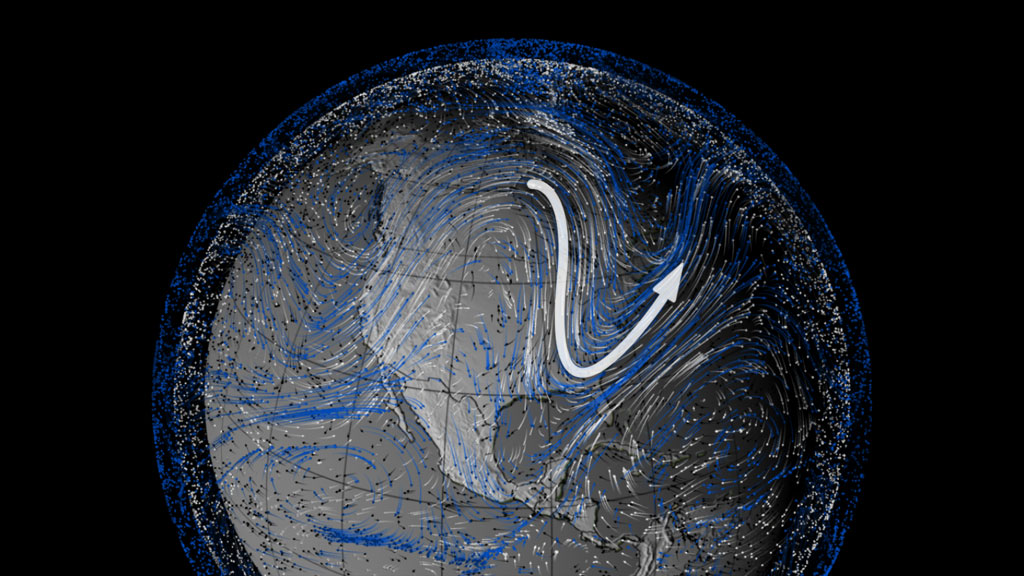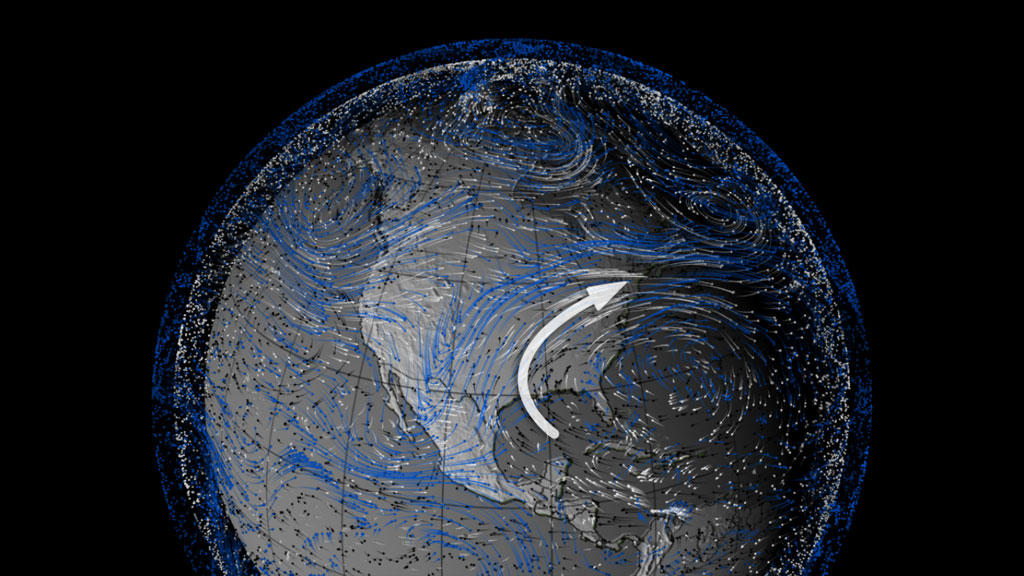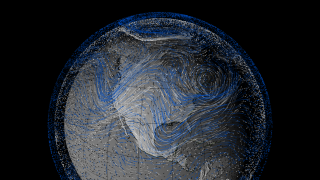Earth
ID: 10856

The summer of 1988 saw much of the United States bake in a heat wave that resulted in the worst season of drought since the 1930s. Five years later in 1993, drenching rains in the spring and summer caused historic flooding in Midwest states. A complex combination of weather and climate factors gave rise to these opposing catastrophes. To better understand these events scientists used an integrated record of Earth's weather and climate over the past three decades that combines computer modeling with a broad collection of satellite and meteorological observations. This dataset, called the Modern Era Retrospective-Analysis for Research and Applications (MERRA), allows scientists to pinpoint the unique conditions behind the 1988 drought and 1993 floods. The pattern of air circulation over the middle of the country in 1988 blocked the typical movement of moisture from the Gulf of Mexico northward. Conversely, 1993 saw an extreme intensification of winds pushing rain clouds north from the Gulf of Mexico. In the visualizations below, look for the differences in this recreation of wind patterns over the United States from May 1 to July 31 in 1988 and 1993.


Recreating The Wind



Related Story
For More Information
Story Credits
Lead Visualizer/Animator:
Trent L. Schindler (USRA)
Visualizers/Animators:
Greg Shirah (NASA/GSFC)
Horace Mitchell (NASA/GSFC)
Lead Scientists:
Michael Bosilovich (NASA/GSFC)
Siegfried D. Schubert (NASA/GSFC)
Lead Writer:
Patrick Lynch (Wyle Information Systems)
Trent L. Schindler (USRA)
Visualizers/Animators:
Greg Shirah (NASA/GSFC)
Horace Mitchell (NASA/GSFC)
Lead Scientists:
Michael Bosilovich (NASA/GSFC)
Siegfried D. Schubert (NASA/GSFC)
Lead Writer:
Patrick Lynch (Wyle Information Systems)
Please give credit for this item to:
NASA's Goddard Space Flight Center
NASA's Goddard Space Flight Center
Short URL to share this page:
https://svs.gsfc.nasa.gov/10856
Keywords:
SVS >> App
NASA Science >> Earth
https://svs.gsfc.nasa.gov/10856
Keywords:
SVS >> App
NASA Science >> Earth








